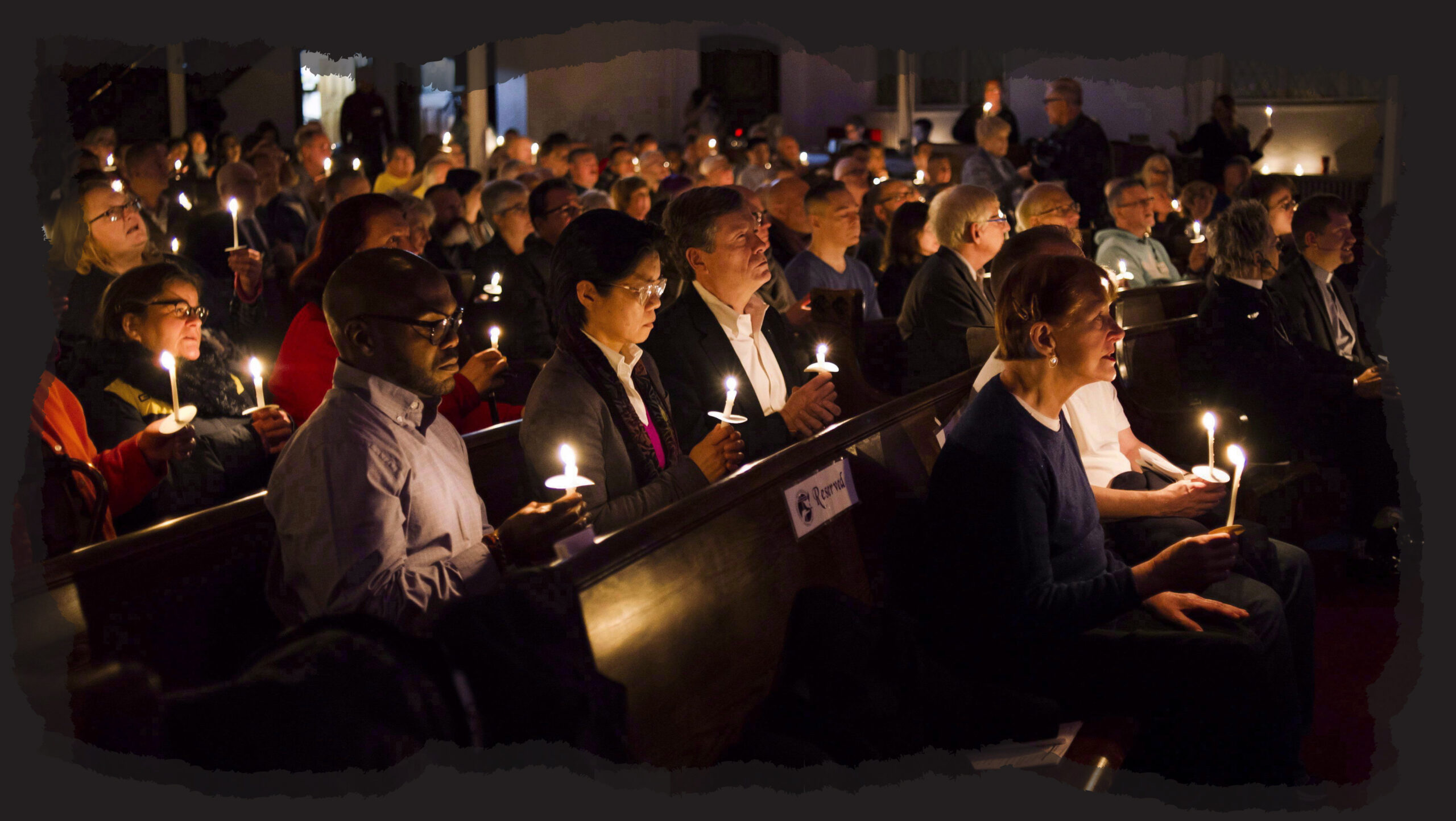In a Toronto courthouse this morning, Bruce McArthur pleaded guilty to eight counts of first-degree murder.
McArthur, 67, faced eight counts of first degree murder in the deaths of Selim Esen, Andrew Kinsman, Majeed Kayhan, Dean Lisowick, Soroush Mahmudi, Skandaraj Navaratnam, Abdulbasir Faizi and Kirushna Kanagaratnam. Prior to today’s announcement, Ontario Superior Court Justice John McMahon scheduled McArthur’s trial for Jan 6, 2020. McArthur was arrested in January 2018 and police eventually found the remains of seven men in large planters at a midtown Toronto property which he was associated with. Investigators found the eighth set of remains in a ravine behind the same property.
Here’s some of Xtra’s coverage on the Bruce McArthur case and the killings that have shaken our communities.
How it unfolded
When Cabbagetown resident Andrew Kinsman, 49, was reported missing on June 26, 2017, cases of missing men, whose disappearances had been almost forgotten by the general public, resurfaced and caught the attention of the police.
Prior to the Kinsman case, Selim Esen, 44, was also reported missing since April 14, 2017. But it wasn’t until reports of Kinsman’s disappearance that the Toronto Police Service established a special task force to look into the missing person cases of Kinsman and Esen.
The cases were eerily similar to the disappearances of three gay men who frequented the Church-Wellesley Village — Skandaraj Navaratnam, Abdulbasir Faizi and Majeed Kayhan — between 2010 and 2012. Police had set up the failed “Project Houston,” a task force to track down the men.
In July 2017, the police stated there was no connection between the disappearances of Esen and Kinsman and the three missing men.
But for years, there were rumours of a serial killer preying on men in Toronto’s gay village. Police continuously denied these claims until they were confirmed on Jan 18, 2018, when they charged Bruce McArthur with the deaths of Andrew Kinsman and Selim Esen. The following month, McArthur was charged with six counts of first-degree murder in the deaths of Navaratnam, Esen, Kinsman, Lisowick, Mahmudi and Kayhan.
On March 5, Toronto police released a photo of a man they believed was another victim in the hopes of identifying him.
However, the police were criticized for mishandling the cases of the missing men. Here’s an explainer on how the Toronto Police Service handled the McArthur case prior to his arrest.
For Xtra, Arshy Mann wrote a piece arguing that Toronto police Chief Mark Saunders should stop blaming the community and instead, should look at his own force.
In April 2018, McArthur was charged with his seventh count of first-degree murder in the death of Faizi. Days later, he was also charged with the murder of Kanagaratnam, the man from the photo police circulated in March.
The people we met
During our coverage of the investigation, we heard from friends and family members seeking help in finding their loved one.
LGBTQ2 advocates calling for public inquiry in the serial killer case.
Community members remembering those they lost.
We also were able to learn more about the lives of some of the victims.
“Kirushna Kumar Kanagaratnam was a victim three times over”
“As the MV Sun Sea undertook it’s trans-oceanic journey, the 493 people aboard suffered from cramped conditions, shortages of food and water. One man would die along the journey.
Amongst them was Kirushna Kumar Kanagaratnam, a 32-year-old Tamil man who was hoping to a build a new life abroad. A few years earlier, his brother had been killed in the violence of the civil war.
According to other passengers, Kanagaratnam spent his time on the voyage singing songs, playing cards and getting to know the others on the ship. He was by all accounts a kind and helpful man.”
“Toronto man Selim Esen was getting his life on track before he went missing”
“He was gentle,” Richard [Esen’s friend] says. “We had a lot of discussions about good and evil, and philosophy.”
Richard says that Esen missed his family in Turkey.
“He was really trying to get his life back in order so he could face his family.”
“Andrew Kinsman’s sisters remember their little brother as kind and dependable”
“Shelley Kinsman, another older sister, knows that Andrew loved life and loved his community.
“Andrew was the best of the best,” she says. “I want those who were part of Andrew’s life in Toronto, to say thank you to them.”
“It showed you share my love for Andrew.”


 Why you can trust Xtra
Why you can trust Xtra


